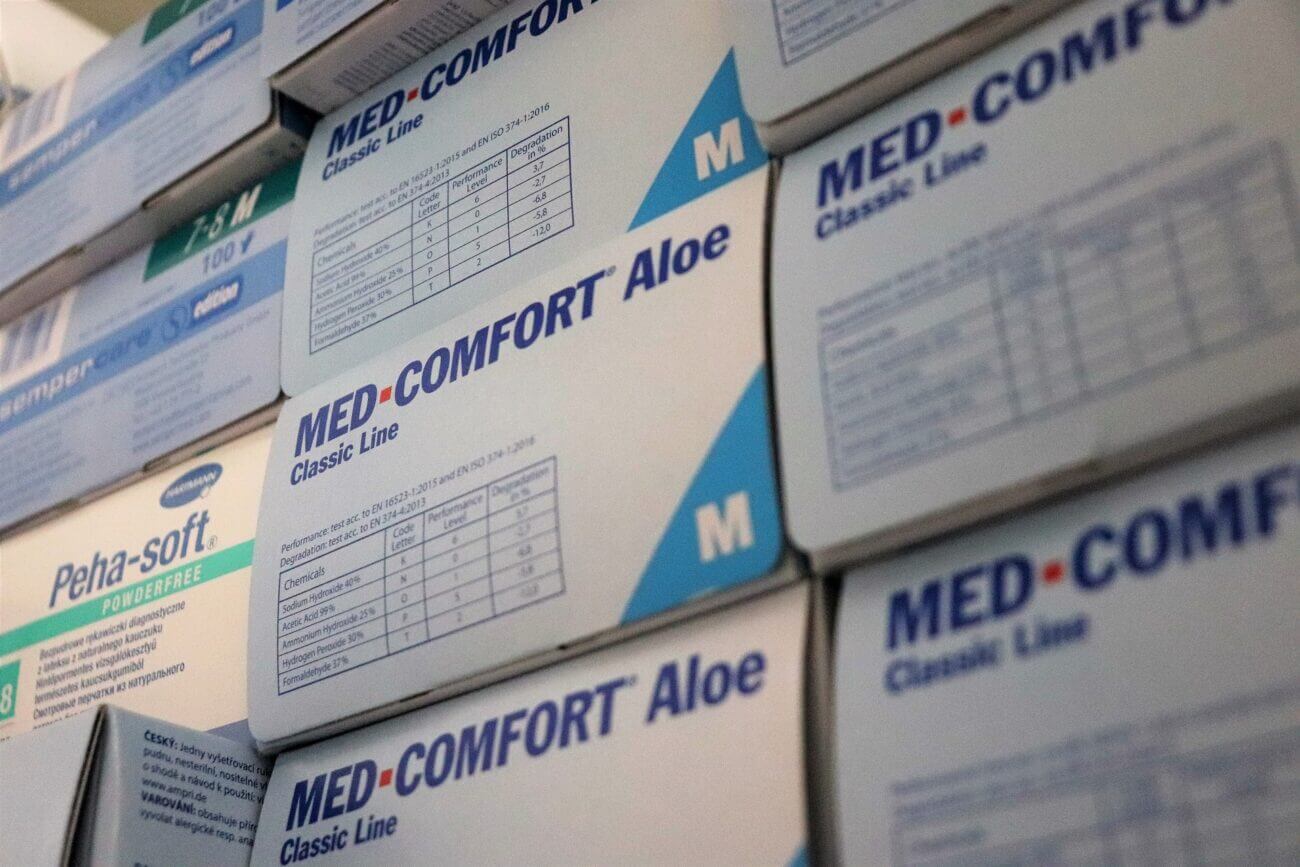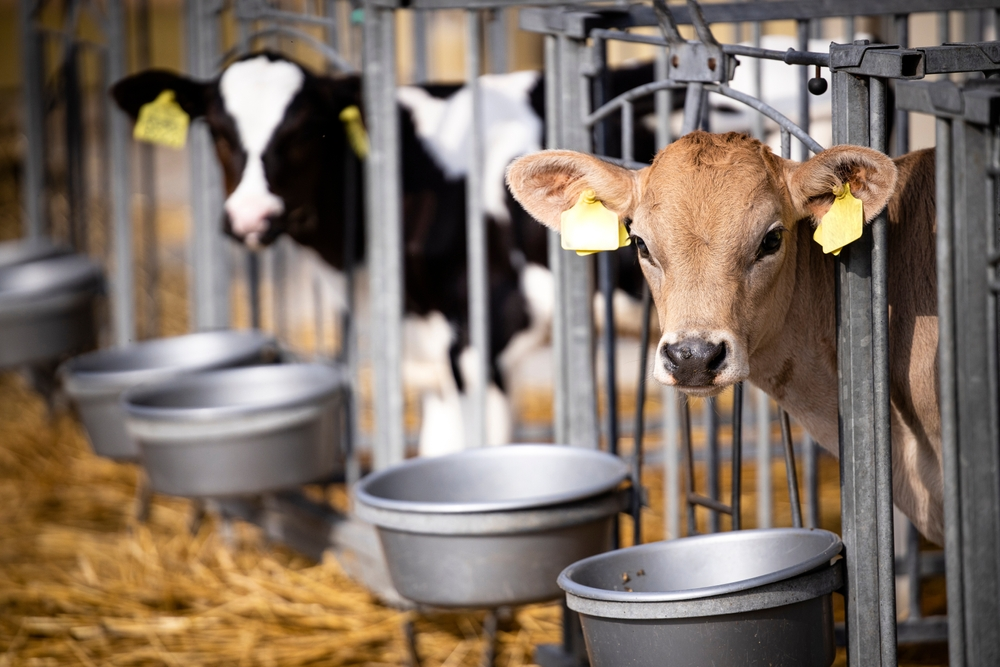Southern California Bioluminescent Waves: Peak Seasons & Best Beaches

Table of Contents
Southern California offers a breathtaking spectacle rarely seen: bioluminescent waves! These mesmerizing displays of glowing blue water are a natural wonder, attracting nature enthusiasts and photographers alike. This guide will illuminate the best times and places to experience this magical phenomenon, ensuring you don't miss out on the radiant beauty of Southern California's bioluminescent waves.
Understanding Bioluminescent Waves in Southern California
What causes bioluminescence?
The enchanting glow of Southern California's bioluminescent waves is primarily caused by microscopic marine organisms called dinoflagellates. These single-celled phytoplankton are bioluminescent, meaning they produce light through a chemical reaction. This reaction, a form of chemiluminescence, occurs when the dinoflagellates are disturbed—for example, by the motion of waves crashing on the shore or a swimmer moving through the water. The intensity of the glow is influenced by several factors:
- Dinoflagellate concentration: Higher concentrations lead to brighter displays.
- Water temperature: Warmer waters generally support higher dinoflagellate populations.
- Nutrient levels: Abundant nutrients in the water fuel the growth of phytoplankton, including dinoflagellates.
Factors Affecting Bioluminescent Displays
Several factors influence the visibility of bioluminescent waves, making optimal viewing conditions crucial. Key considerations include:
- Weather conditions: Calm nights with minimal wind are ideal for observing bioluminescence. Rough seas can disrupt the display and make it harder to see the glow.
- Dark skies: Light pollution from cities and the moon significantly reduces visibility. The darker the sky, the brighter the bioluminescence will appear.
- Moon phase: A new moon, when the moon is not visible in the night sky, offers the darkest conditions for optimal viewing of glowing plankton. A full moon will wash out the effect.
Peak Seasons for Bioluminescent Waves
Spring and Summer Months
The best time to see Southern California bioluminescent waves is generally during the warmer months, from late spring through early fall (roughly April to October). Warmer water temperatures stimulate dinoflagellate growth and increase the chances of a spectacular display.
- Peak months: May, June, July, and August often offer the most vibrant displays.
- Water temperature: Aim for water temperatures above 60°F (15°C) for optimal bioluminescence.
Checking Real-Time Reports
While the peak season provides a good guideline, the intensity of bioluminescence can vary significantly. It's highly recommended to check real-time reports before heading out:
- Local news websites: Many Southern California news outlets report on current bioluminescence activity.
- Social media groups: Search for local groups dedicated to beach activities or nature enthusiasts. These groups often share updates and photos of current bioluminescent displays.
- Bioluminescence prediction websites/apps (if available): While not consistently reliable, some resources attempt to predict bioluminescence activity.
Best Beaches to Witness Bioluminescent Waves
La Jolla Shores
La Jolla Shores is a consistently popular spot for viewing bioluminescence in Southern California. Its accessibility, ample parking, and relatively shallow waters make it a convenient location for witnessing the glowing waves. However, its popularity also means it can be crowded during peak season.
Torrey Pines State Natural Reserve
Torrey Pines State Natural Reserve offers a potentially less crowded alternative for viewing bioluminescent waves. The reserve's darker skies, due to its distance from city lights, can enhance the visibility of the glowing water. This secluded beach provides a more intimate viewing experience.
Other Potential Locations
While La Jolla Shores and Torrey Pines are reliable spots, other Southern California beaches may occasionally exhibit bioluminescence:
- Malibu beaches
- Coronado beaches
- Various locations along the Southern California coastline.
Remember that sightings are not guaranteed and depend heavily on environmental conditions.
Conclusion
Experiencing the magical Southern California bioluminescent waves is a truly unforgettable adventure. By understanding the peak seasons and choosing the right beach, you can significantly increase your chances of witnessing this stunning natural phenomenon. Remember to check for real-time reports before heading out! Plan your trip now and prepare to be amazed by the breathtaking beauty of Southern California's bioluminescent waves. Don't miss your chance to witness this incredible display of nature's light show! Find the best time and location for your unforgettable Southern California bioluminescence experience.

Featured Posts
-
 L Etat Conteste L Annulation Du Chantier A69 Au Sud Ouest
May 30, 2025
L Etat Conteste L Annulation Du Chantier A69 Au Sud Ouest
May 30, 2025 -
 Tolyatti Otkrytiy Seminar Russkoy Inzhenernoy Shkoly
May 30, 2025
Tolyatti Otkrytiy Seminar Russkoy Inzhenernoy Shkoly
May 30, 2025 -
 Epcots Flower And Garden Festival Top Things To See And Do
May 30, 2025
Epcots Flower And Garden Festival Top Things To See And Do
May 30, 2025 -
 Jon Jones Mocks Rival Tom Aspinall Amidst Continued Absence
May 30, 2025
Jon Jones Mocks Rival Tom Aspinall Amidst Continued Absence
May 30, 2025 -
 Cape Cod Red Tide Emergency What You Need To Know
May 30, 2025
Cape Cod Red Tide Emergency What You Need To Know
May 30, 2025
Latest Posts
-
 Improving Interprofessional Collaboration Lessons From A Plastic Glove Project Rcn And Vet Nursing
May 31, 2025
Improving Interprofessional Collaboration Lessons From A Plastic Glove Project Rcn And Vet Nursing
May 31, 2025 -
 A Plastic Glove Project Fostering Collaboration Between Rcn And Vet Nursing Professionals
May 31, 2025
A Plastic Glove Project Fostering Collaboration Between Rcn And Vet Nursing Professionals
May 31, 2025 -
 Rcn And Vet Nursing Collaboration A Plastic Glove Project Case Study
May 31, 2025
Rcn And Vet Nursing Collaboration A Plastic Glove Project Case Study
May 31, 2025 -
 Could Price Caps And Comparison Sites Revolutionize Vet Costs A Watchdog Perspective
May 31, 2025
Could Price Caps And Comparison Sites Revolutionize Vet Costs A Watchdog Perspective
May 31, 2025 -
 Dangerous Climate Whiplash The Growing Threat To Global Urban Environments
May 31, 2025
Dangerous Climate Whiplash The Growing Threat To Global Urban Environments
May 31, 2025
